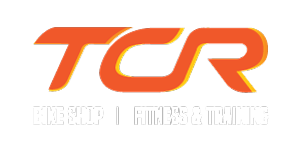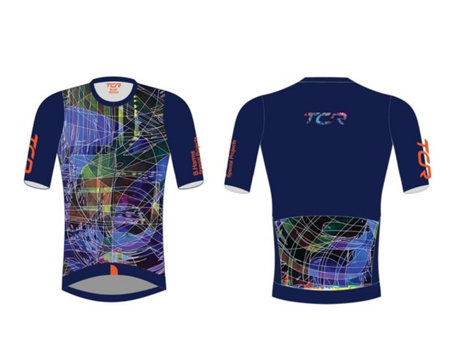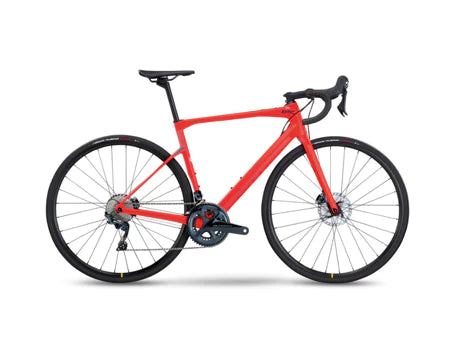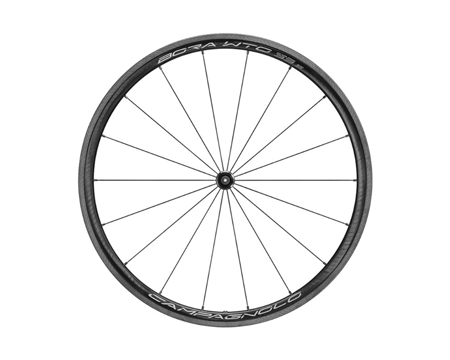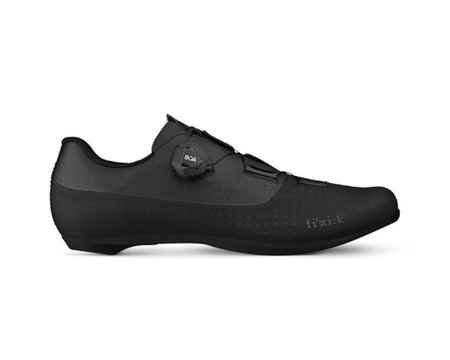Transform your Body
I am going to take you back to your Junior High Science class. What is a phenotype? "The term "phenotype" refers to the observable physical properties of an organism; these include the organism's appearance, development, and behavior." Whew! Think back to Junior High and what sports or activities did you like and participate in? Often, they are inline with your phenotype. Some of us gravitated to power sports while others preferred to go endurance. This past month, we have had the opportunity to watch the body transformation of a female athlete change her phenotype and athletic behavior. We did a baseline VO test on her 5 years ago and then a new test recently.
The Case Study
Phenotype A: Sprinter
2015-2019. Female University Soccer Player (midfielder / striker) and 60m Sprint Hurdler
VO2 test: Dec 29, 2017. 45.5 ml/kg/min, 2.85 L/min. Heart Rate max: 217. Age: 20
Top VO2 speed: 7.0 mph at 10% grade
Phenotype A.1: Endurance Sprinter
2019-current. Mid-distance Track Runner. 400-800m
VO2 test: Dec 27, 2022. 52.3 ml/kg/min, 3.05 L/min. Heart Rate max: 202. Age 25
Top VO2 speed: 7.0 mph at 10% grade
What does this mean? When your VO2 score goes up and your heart rate max goes down, this means you have had some significant cardiovascular changes. Without doing a MRI, this implies the athlete's heart grew in size and vascularization. She became more aerobically efficient. More importantly, she was still just as fast!
Sometimes we get pegged into a certain phenotype that prevents us from trying new sports or activities. Coaches may say "if you're a sprinter, stick with it as that is what you are meant to do." That maybe true, but there is also adaptation!
The former varsity soccer and 60m sprinter became a national level mid-distance runner purely by chance. In her last year of varsity soccer, the coach of the track team needed another 600m runner for an upcoming track meet. She was asked to run the event even though she had no experience. "You're fit and fast, give it shot!" Well, she did give it a shot and won! That led to a revelation and change in her training. An extension of her athletic career. Today, she is competing on the National level in the 600 and 800m with aspirations of the 1500m in the near future. Quite a change for someone who used to think 3km was a long run!
Options to Consider
How does a powerful and fast-twitch athlete change? Patience and Coaching. Our body's DNA can adapt given the time and proper methods. Those fast-twitch fibers can become fast-twitch oxidative. This means, they can adapt and learn to become efficient over longer periods. The second part of adaptation is looking at what you are doing in your training and seeking some advice. Can your running or cycling technique improve? Are you using the best training methods for your goals? How is your nutrition? These are some questions that our case study investigated and then got some help.
As we age, many of us move towards endurance based activities as we think the fast days are over. However, are you doing anything different to mitigate the decline? What aspects of your training can you change up to maintain your speed and enjoyment? As seen above, we are a very adaptable species that can make remarkable changes. What do you want to change this year?
